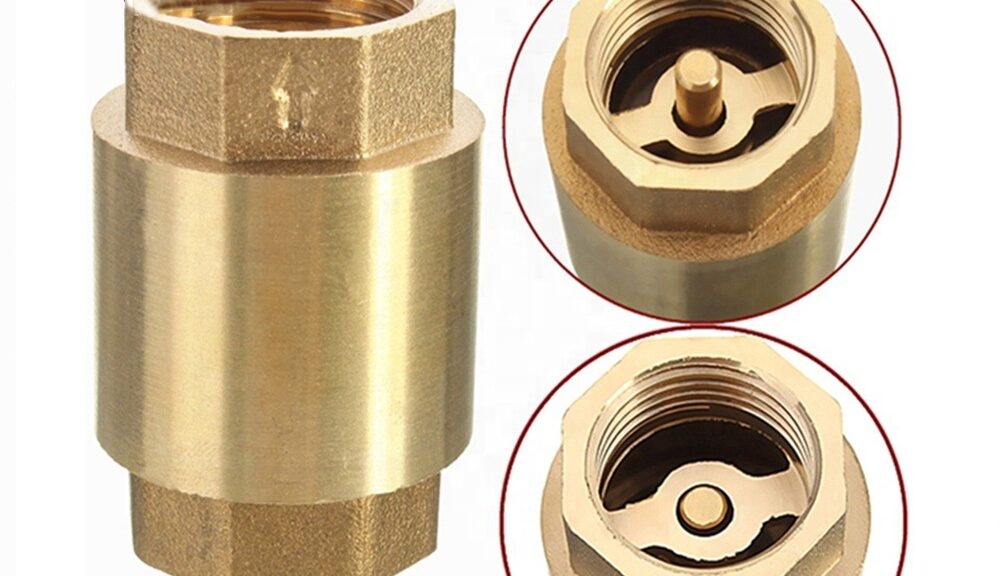A check valve is a type of valve that allows fluids to flow in one direction but closes automatically to prevent flow in the opposite direction (backflow). Check valves are used in a wide variety of locations, but the focus of the discussion in this tutorial will be the installation of check valves at the steam trap outlet side.
Check valves are necessary if there is a risk of condensate backflow. For example, when a trap discharges into a common condensate collection line, there is the potential risk of backflow from condensate discharged from other traps, so as a rule a check valve should be installed. Preventing this backflow is important because it can not only diminish process heating efficiency, but can also damage steam traps. In contrast, when there is a single downward sloping pipe that is not submerged at any point, there is almost no possibility of backflow, so a check valve is not necessary.

